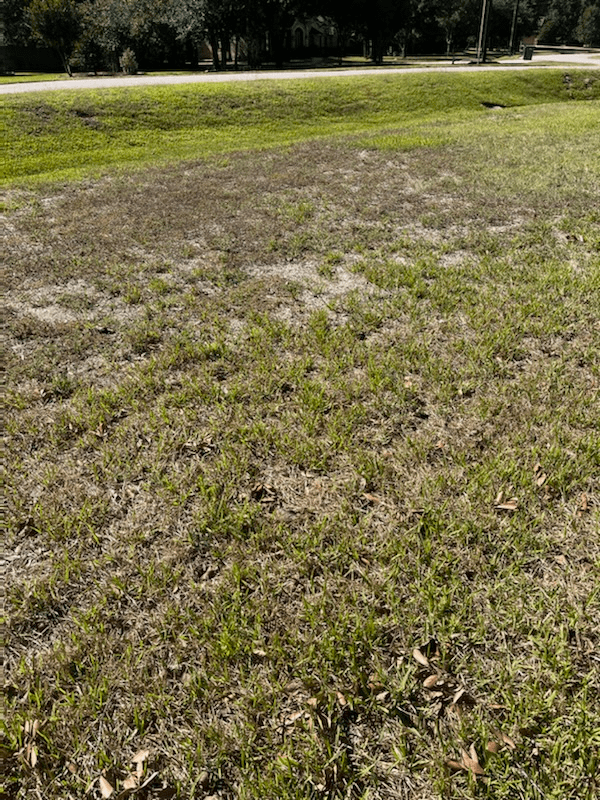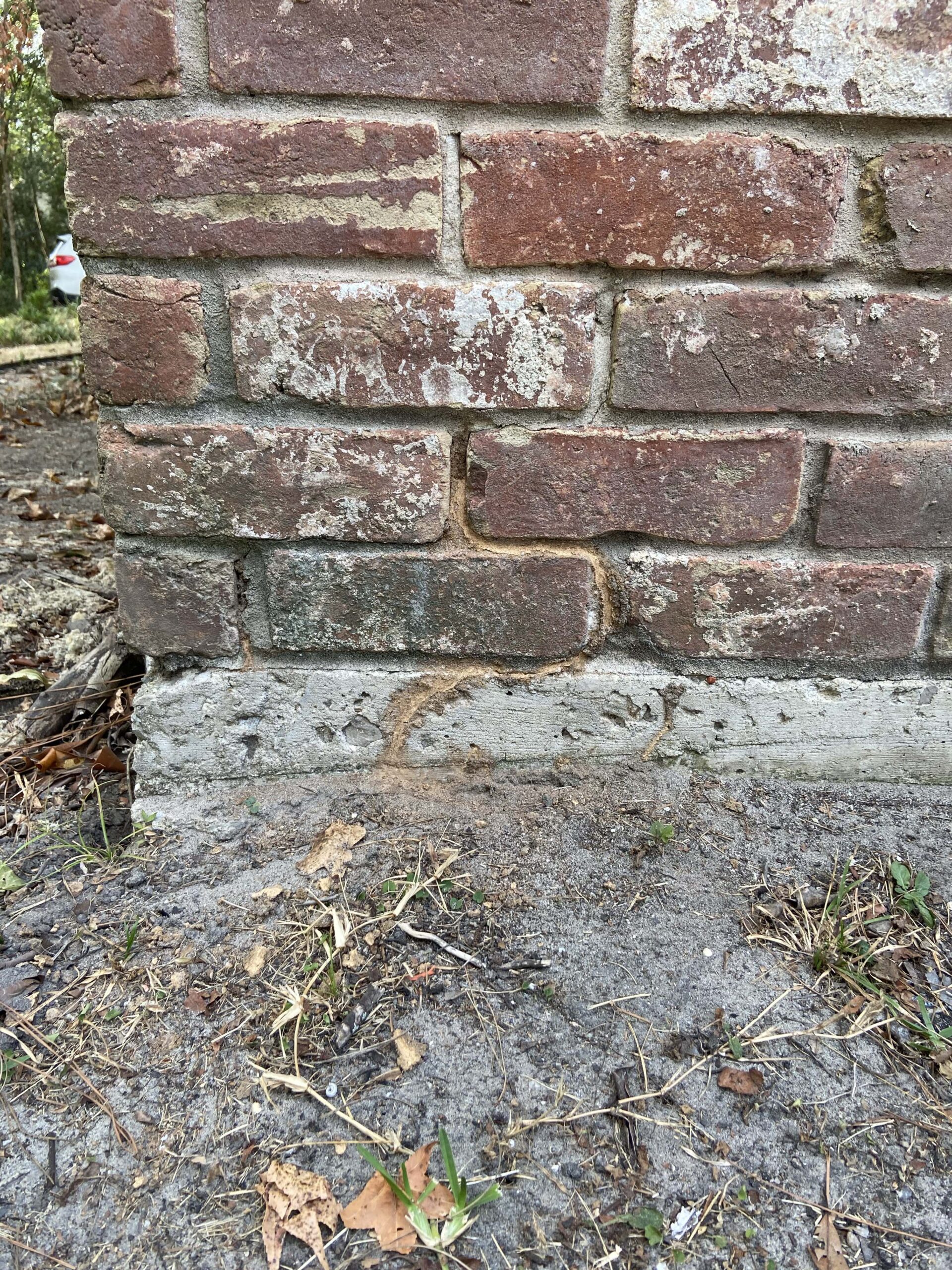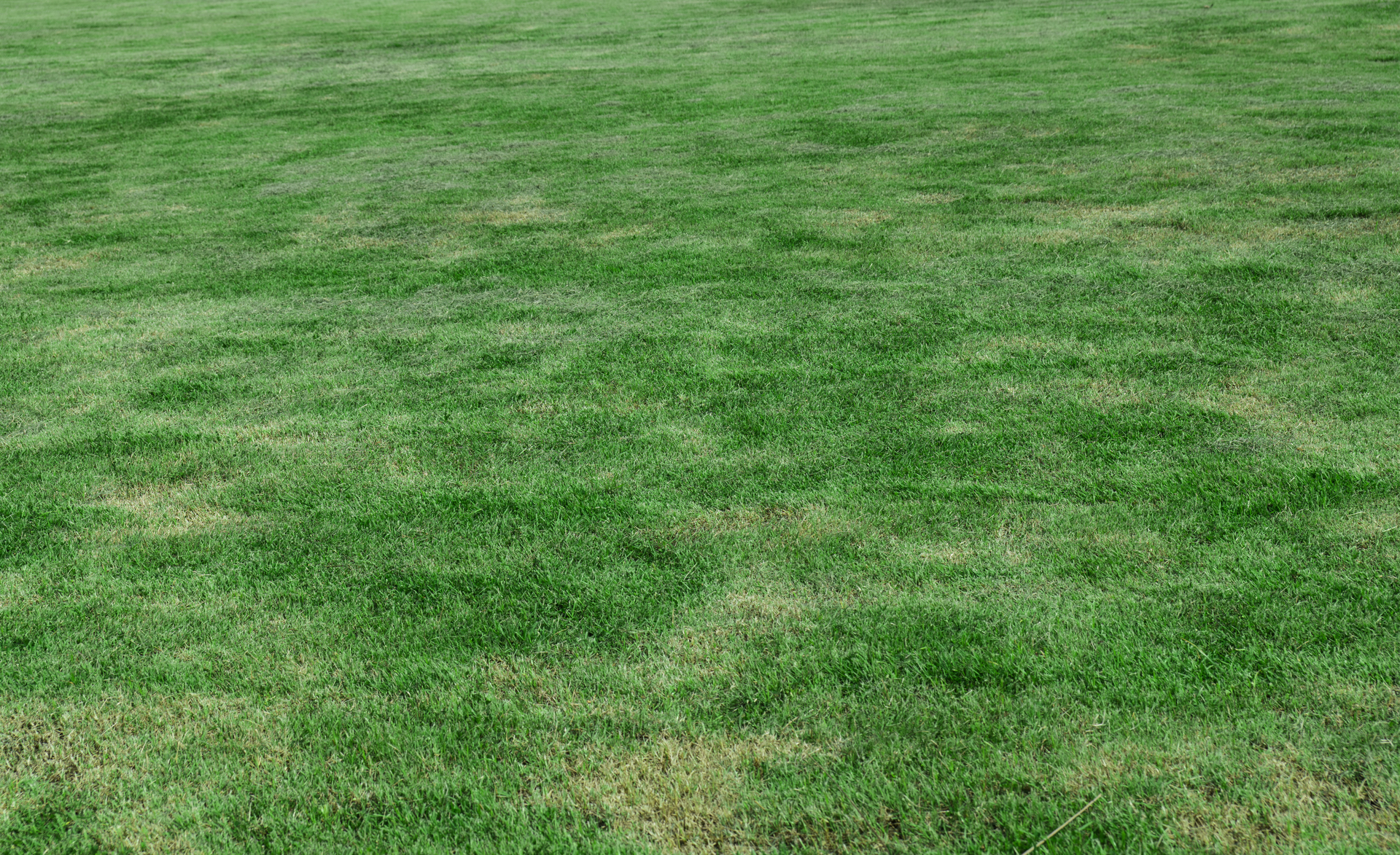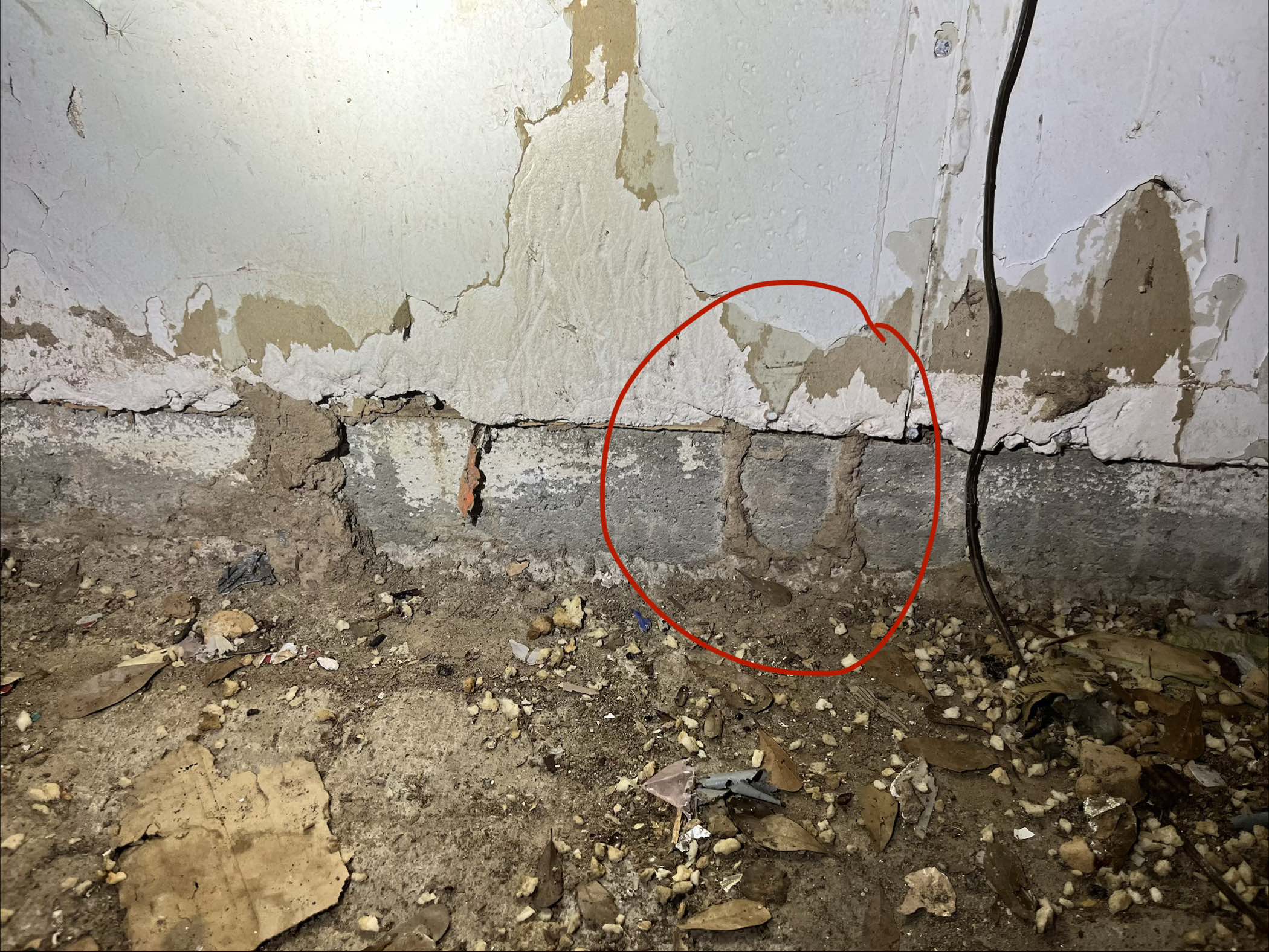♫ “You’re a mean one … Mr. Chinch …” ♫
Most Southerners have most likely heard of the dreaded Chinch bug (Blissus insularis Barbar). This insect pest thrives in turfgrass, especially St. Augustine grass. Bermuda grass, Centipede grass, and Zoysia grass are also attacked by southern Chinch bugs. They feed on and harm the grass using their piercing and sucking mouthparts. This tiny yard pest is responsible for killing more than a million lawns and causing millions of dollars of damage each year. Keep reading to learn more about these troublesome pests and what you can do to get rid of them.
What Do Chinch Bugs Look Like?
Chinch bugs are very tiny, and difficult-to-spot insects that cause lawn damage (the damage they cause is often confused with the stress caused by drought). When young, these lawn bugs are red in color, but later turn black in color with a white spot on their backs and white wings as they mature into adults (the white spot on their backs is in the shape of a distinguishable “X”) Adult Chinch bugs can grow to be up to a quarter-inch in length. They love to feast on the leaves of grass, which can quickly kill a whole lawn.
What Attracts Chinch Bugs?
If you’re curious to know what attracts Chinch bugs, well . . . if you have a lawn, that is probably enough! Chinch bugs are particularly attracted to lawns that are dry, that receive plenty of sunlight, and that have a lot of thatch (thatch is a layer of dead grass and roots that can build up on a lawn over time). It’s critical to keep your lawn free from thatch as much as possible so that Chinch bugs don’t have places to hide.
Sunny areas of your lawn or usually those most affected by Chinch bugs, which is one of the reasons that drought is often blamed for Chinch bug damage to lawns. Watering your lawn deeply and evenly is also a good preventive measure to help keep your lawn free of Chinch bugs. Irrigate and fertilize your lawn as needed to help keep it healthy and happy.

How Serious a Problem Are Chinch Bugs?
Most lawns, especially those in southern U.S. states, see some degree or other of Chinch bug activity–small Chinch bug populations are no cause for alarm. However, in large populations, these pests can destroy significant, healthy patches of lawn. Chinch bug feeding activity causes grass to turn yellow and to die. Chinch bugs can even damage plants and trees in severe enough infestations.
Must Read: WHAT DO SPIDERS EAT AND WHY SHOULD YOU CARE?
How Do Chinch Bugs Damage Plants?
As these bugs feed, they inject a toxin that blocks the plant’s ability to extract moisture and nutrients from the soil. Wilting and plant tissue damage are the result, which eventually leads to the death of patches of lawn.
What Is The Most Destructive Type of Chinch Bug?
The most destructive Chinch bug is the species known as Blissus. In addition to damaging various kinds of turf grasses, these Chinch bugs may damage crops like corn, wheat, and oats.
How Do I Get Rid of Chinch Bugs?
If you already have Chinch bugs in your yard, there are a few things you can do to get rid of them.
First: treat your lawn with an insecticide. Be sure to follow the instructions on the label carefully so that you don’t harm your lawn or any other helpful insects in your yard. You may need to treat your lawn multiple times before the Chinch bugs are completely gone.
Another thing you can do is to change the way you mow your lawn. Instead of mowing at the setting lowest to the ground, try raising the height of your mower blade. This can help prevent Chinch bugs from laying their eggs in your grass.
Though Chinch bugs can be a huge pain, there are things you can do to help prevent and get rid of them. Treat your lawn regularly, keep it watered and mowed at a setting higher up from the ground to help prevent these bugs from taking over your yard!
Calling a professional lawn service is always much more cost effective and a timesaver in the long run if you feel you are overwhelmed with bugs and other pests that might be damaging your beautiful lawn. This can help you deter expensive damage by getting a handle on things early on. Call our Texas FullScope lawn pest control experts today at 832-898-0190 for a consultation. Or email us at info@fullscopepestcontrol.com. We can quickly help you get your lawn pest problem under control, as well as other expensive problems in your home or business.




